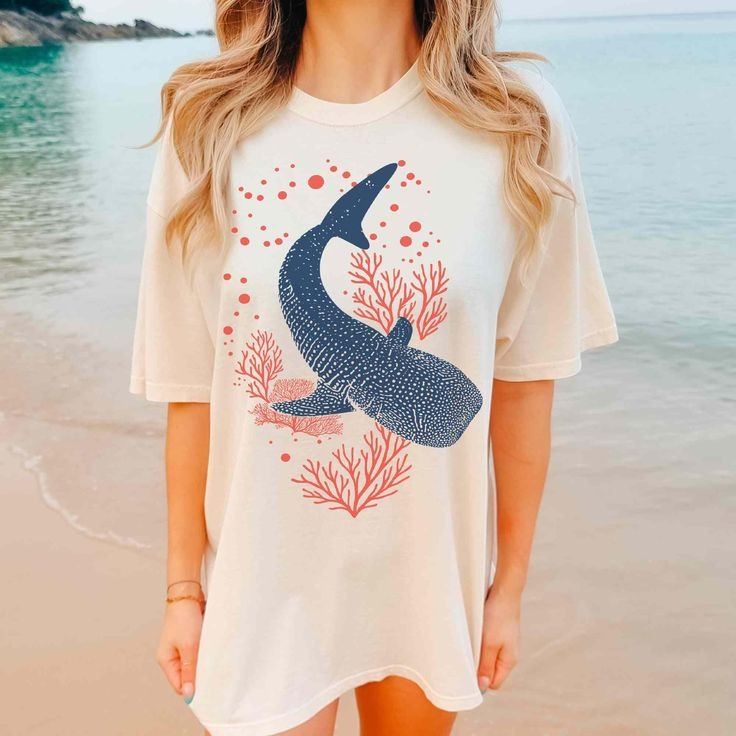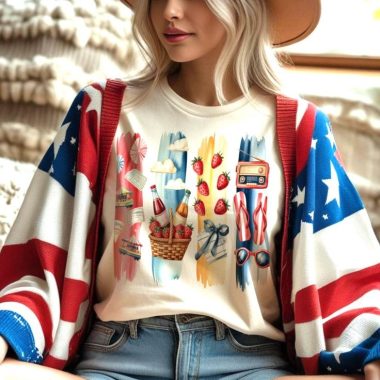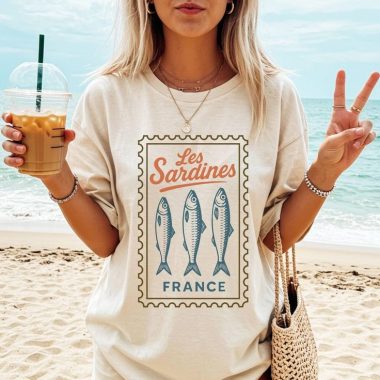Introduction
In its most elemental form, fashion serves the primal need for protection; over time, it has matured into a profound medium of self‑expression, cultural dialogue, and technological exploration. Like a river that carves new channels while preserving the memory of its source, fashion continuously reshapes itself—flowing through epochs of tribal symbolism, royal extravagance, industrial uniformity, and digital innovation—yet always carrying remnants of its earliest currents. This expansive journey examines fashion’s genesis in human survival, its blossoming into communal ritual, the intimate bond between garment and identity, the seismic transformations wrought by industrialization and digitalization, the urgent call for ethical stewardship, the political potency of wearables, and the tantalizing frontiers awaiting the next generation of creators and consumers.
From Shelter to Symbol: The Dawn of Dress
Long before needles, threads, or looms emerged, our ancestors improvised coverings from animal skins, large leaves, and interlaced reeds to ward off cold, sun, and abrasion. These elemental wrappings bore the unmistakable imprint of survival instincts, yet even here, the seeds of ornamentation appeared. Early humans affixed colorful stones and carved teeth to rawhide, believing such adornments conferred protection or harnessed spiritual energies. As groups settled into agrarian life, the cultivation of flax, cotton, and wool enabled the birth of fiber crafts. Spindles and rudimentary looms transformed disparate strands into coherent textiles. These new fabrics carried patterns—sometimes simple stripes or checks, other times more elaborate weaves—that signified tribal membership, rank, or ritual status. In those fledgling societies, the act of dressing transcended pure function; it became a ceremony that wove together necessity and nascent artistry, laying the foundation for fashion’s dual identity.
Cultural Weaves: Textiles as Tapestries of Tradition
As civilizations flourished, textiles evolved into living archives of collective memory. In the terraced highlands of Peru, Quechua weavers spun alpaca and sheep’s wool into vivid garments whose geometric motifs recounted origin myths and Andean cosmology. The indigo‑dyed cottons of West Africa, such as those woven by the Yoruba or Hausa peoples, carried names and stories, each variation a page in an oral history preserved in cloth. Silk routes ferried brocades from Tang‑era China to Byzantine courts, where gold‑woven patterns conferred imperial authority. Japan’s samurai class turned kimono design into a strict language of lacquered sleeves and seasonal colors that indicated rank, marital status, or personal taste. These traditional costumes and textiles endure not as static relics, but as living art, reinterpreted by contemporary artisans who blend ancestral techniques with modern motifs—ensuring that the tapestry of culture remains vibrant and ever‑evolving.
The Intimate Canvas: Garments and Personal Identity
Beyond the collective, fashion’s most immediate power resides in its capacity to narrate individual stories. Each morning’s mirror reflection presents a blank canvas: Will one choose structured tailoring to signal confidence and discipline, or a free‑flowing silhouette to evoke ease and creativity? Color becomes a psychological brushstroke: wearing soft pastels may soothe inner anxieties, while bold primaries can ignite assertiveness. Texture adds another dimension—luxurious cashmere invites haptic intimacy, whereas industrial nylon broadcasts readiness for adventure. Accessories function as dynamic punctuation: a handcrafted necklace can bridge memories of travel with present self‑image; a utilitarian watch may merge form with function, silently communicating precision. Psychologists describe “enclothed cognition,” the phenomenon by which the very clothes one wears can shape thought patterns and emotional states. Thus, fashion is not merely superficial decoration, but a form of embodied cognition that empowers individuals to inhabit roles, moods, and aspirations.
Industrial Revolutions: Mass Production and the Shaping of Modern Style
The eighteenth and nineteenth centuries bore witness to profound upheavals as waterframes, spinning jennies, and power looms mechanized textile production. For the first time, garments could be churned out at scale, making them accessible to burgeoning urban populations. Ready‑to‑wear clothing emerged, liberated from the labor‑intensive craft of bespoke dressmaking. Department stores—with their glass‑roofed arcades and lavish window displays—beckoned consumers into a new era of choice and self‑transformation. Fashion magazines and mail‑order catalogs extended these selections across continents, knitting distant societies into a shared sartorial conversation. Yet this democratization came at environmental and social costs: factories often relied on exploitative labor, and the relentless drive for novelty engendered a throwaway mentality. In response, haute couture houses fortified their emphasis on hand‑crafted embellishments, bespoke fittings, and artisanal legacy—establishing a countercurrent of exclusivity within the broader tide of mass fashion.
Digital Renaissance: Virtual Runways and Smart Wardrobes
The turn of the twenty‑first century ushered in a second revolution, this time digital in nature. Virtual runways enabled designers to present collections to global audiences instantaneously, transcending geographic and financial barriers. Social media platforms amplified street style from Seoul to São Paulo, allowing grassroots trends to bubble up and challenge established fashion hierarchies. On the manufacturing front, 3D printing prototypes embellishments and even entire garments, slashing waste and accelerating innovation cycles. Smart textiles emerged—nanofibers that wick moisture and resist stains, phase‑change materials that self‑regulate temperature, conductive yarns that monitor biometric data. Augmented reality fitting rooms overlay digital garments onto real‑time video, reducing returns and streamlining the shopping experience. Behind the scenes, blockchain technologies trace each fiber’s provenance, ensuring transparency from seed to store rack. In this hybrid landscape, clothing becomes both physical artifact and programmable interface, and style evolves as much through code updates as through seasonal silhouettes.
Ethical Imperatives: Charting a Sustainable Course
The environmental footprint of conventional fashion is staggering—cotton cultivation devours water supplies, synthetic fibers shed microplastics, and dye houses discharge chemical effluents into rivers. Fast‑fashion business models, with their rapid turnover and low price points, exacerbate this crisis by incentivizing consumption and disposal. In response, a new paradigm has crystallized: sustainable fashion rooted in circular economy principles. Regenerative agriculture replenishes soil carbon stocks in fiber fields; closed‑loop dye systems capture and reuse water and pigments; rental and resale platforms extend garment lifespans; upcycling initiatives transform textile waste into fresh designs. Ethical labor movements advocate for fair wages, safe working conditions, and artisanal preservation—ensuring that communities who craft traditional textiles receive equitable recognition and compensation. Collaborative certifications and digital supply‑chain audits grant consumers the power to align purchases with personal values. The challenge—and opportunity—lies in weaving these ethical threads into mainstream practice, forging a fashion ecosystem that honors both people and planet.
Fashion as Politics: The Wardrobe as Protest
Throughout history, clothing has served as a barometer of social change and a vehicle for political expression. Suffragettes adopted white dresses and distinctive sashes to unify their message of enfranchisement. Civil rights activists embraced natural hair and African‑inspired prints to reclaim cultural identity. Punk subcultures of the 1970s used ripped fabrics and provocative adornments to rebel against societal conformity. In recent decades, runway collections have embraced direct activism—models of diverse body types and gender presentations striding down catwalks to challenge narrow beauty standards; graphic T‑shirts emblazoned with protest slogans; designer collaborations that channel profits toward climate justice or humanitarian aid. Digital campaigns amplify grassroots voices, organizing virtual “mend‑ins” and clothing swaps that double as forums for sustainability discourse. In these contexts, the wardrobe transcends mere decoration, becoming a living manifesto—a means by which individuals and movements broadcast solidarity, dissent, and aspiration.
Economic Ecosystem: Navigating Global Production and Consumption
Fashion today is a colossal economic entity, weaving together agriculture, manufacturing, logistics, retail, and digital commerce. Developing regions such as Southeast Asia, South Asia, and parts of Africa anchor global production, offering competitive labor costs and burgeoning technical capabilities. Luxury hubs—Paris, Milan, New York—command international prestige, leveraging brand heritage and craftsmanship to justify premium price points. E‑commerce platforms, from sprawling marketplaces to direct‑to‑consumer sites, dismantle geographic barriers but intensify competition, compelling brands to differentiate through customer experience and ethical positioning. Data analytics and artificial intelligence forecast micro‑trends, optimize inventory, and personalize marketing, while geopolitical uncertainties and climate‑related disruptions pressure supply chains to diversify and localize. Emerging micro‑factory models employ digital fabrication to enable on‑demand, near‑shore production, reducing waste and logistics emissions. Within this dynamic ecosystem, resilience, transparency, and authenticity have become as valuable as aesthetics and innovation.
The Metaverse Wardrobe: Digital Fashion and Identity Extension
As virtual realms expand and digital avatars gain social relevance, fashion transcends physical garments to inhabit purely virtual spaces. Non‑fungible tokens authenticate rare digital wearables, granting owners unique status within gaming platforms, social media filters, and virtual gatherings. Brands host immersive NFT‑backed fashion shows in metaverse environments, where attendees snap up limited‑edition digital pieces. Augmented reality apps let users overlay these digital garments onto real‑world snapshots, merging the tangible and the virtual in a seamless “phygital” experience. This convergence invites a rethinking of scarcity, ownership, and self‑expression—as digital couture offers infinite replication without environmental cost, yet retains collectible value through blockchain‑verified rarity. In this new dimension of style, identity becomes both mutable and enduring, shaped by an interplay of pixels and threads.
Envisioning Tomorrow: Personalized, Proactive, and Planetary
Looking ahead, fashion’s next frontier lies at the intersection of personalization, proactivity, and planetary consciousness. Artificial intelligence will curate bespoke wardrobes attuned to individual lifestyles, climates, and sustainability goals—dispatching garments precisely when they’re needed and recalling them for recycling when their lifecycle ends. Biofabrication labs will grow entirely new fibers from algae, yeast, or lab‑spun collagen, creating materials that biodegrade harmlessly or even contribute nutrients back to the earth. Smart garments will adapt form and function in real time—tightening insulating layers in cold environments, emitting subtle haptic feedback for posture correction, or projecting mood‑responsive colors. Decentralized design platforms will empower consumers to co‑create limited runs with artisans, sharing in profits and narrative ownership. Policy frameworks rooted in circular economy principles will mandate extended producer responsibility, ensuring that brand stewards remain accountable for their products long after purchase. In this envisioned epoch, fashion transcends commodities to become an integrated system of human well‑being, ecological regeneration, and boundless creativity.
Conclusion
From the first patched hides of prehistoric communities to the programmable smart textiles and virtual wardrobes of the digital era, fashion charts an unbroken narrative of human aspiration. It encapsulates our most enduring quests—to protect, to belong, to express—and binds them to the evolving contexts of culture, technology, and ethics. As we stand at a crossroads marked by environmental urgency and sociopolitical complexity, fashion’s trajectory will depend on our collective choices: the materials we champion, the labor practices we uphold, the innovations we pursue, and the stories we choose to weave. In embracing a future that honors both creativity and conscience, we ensure that every garment—whether hand‑loomed, 3D‑printed, or rendered in pixels—becomes a testament not only to style, but to a deeper legacy of human ingenuity woven in harmony with the planet we call home




